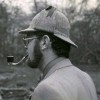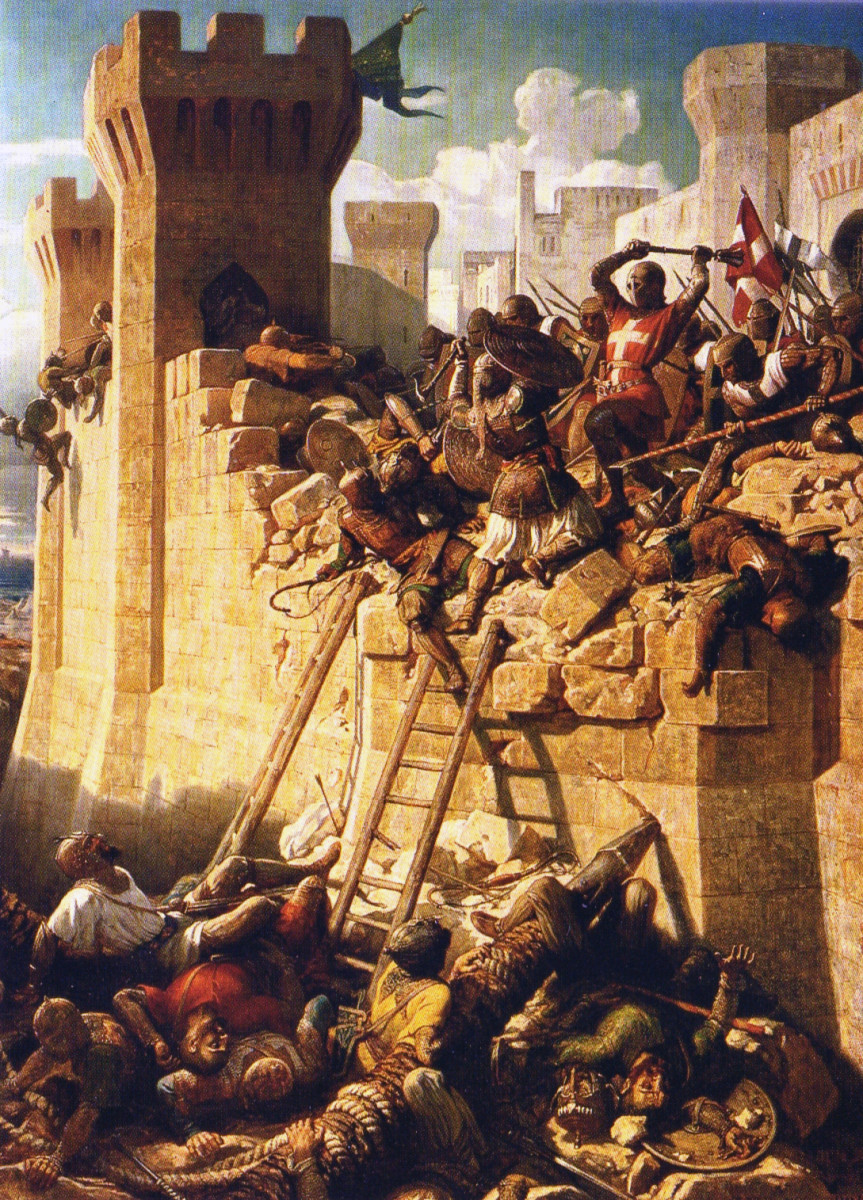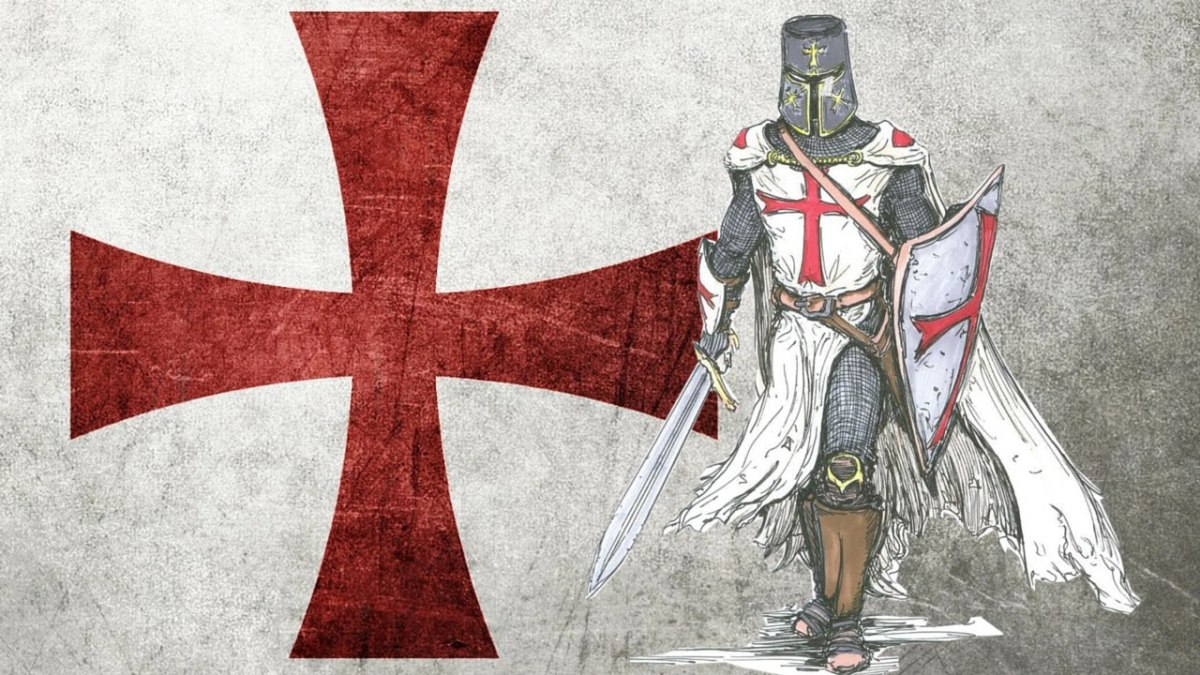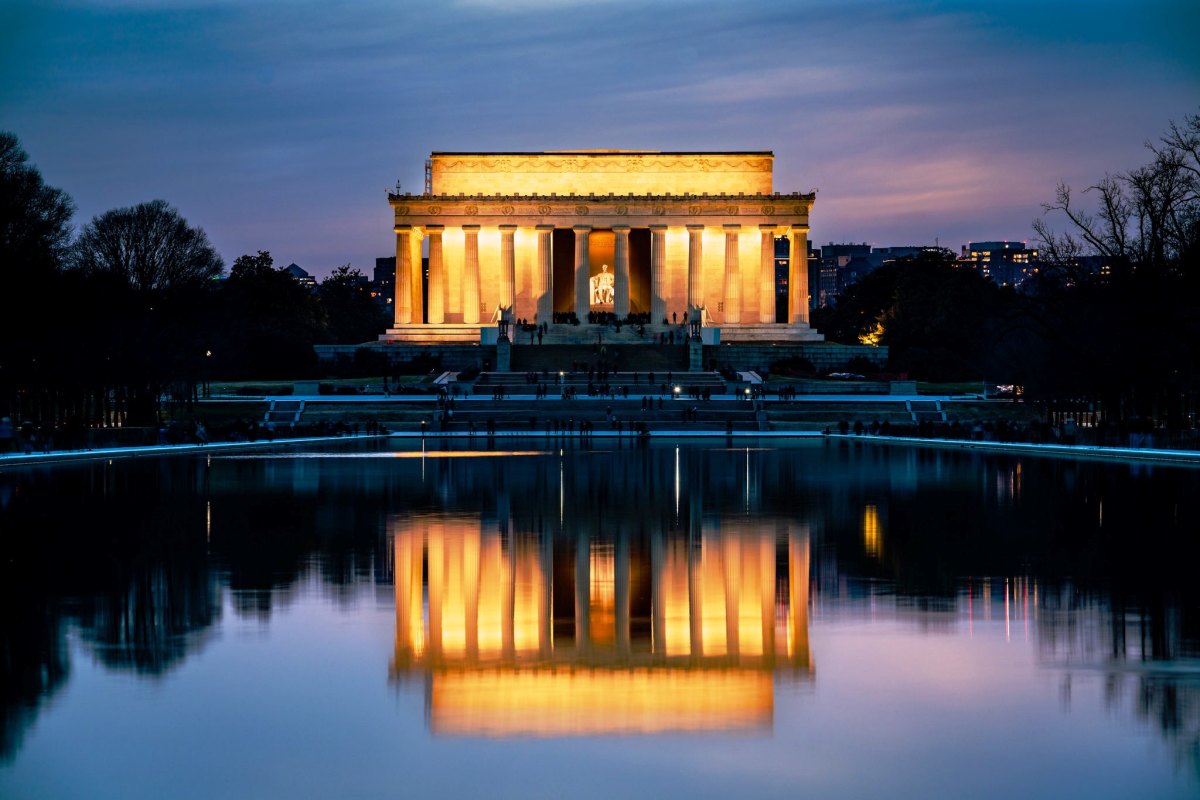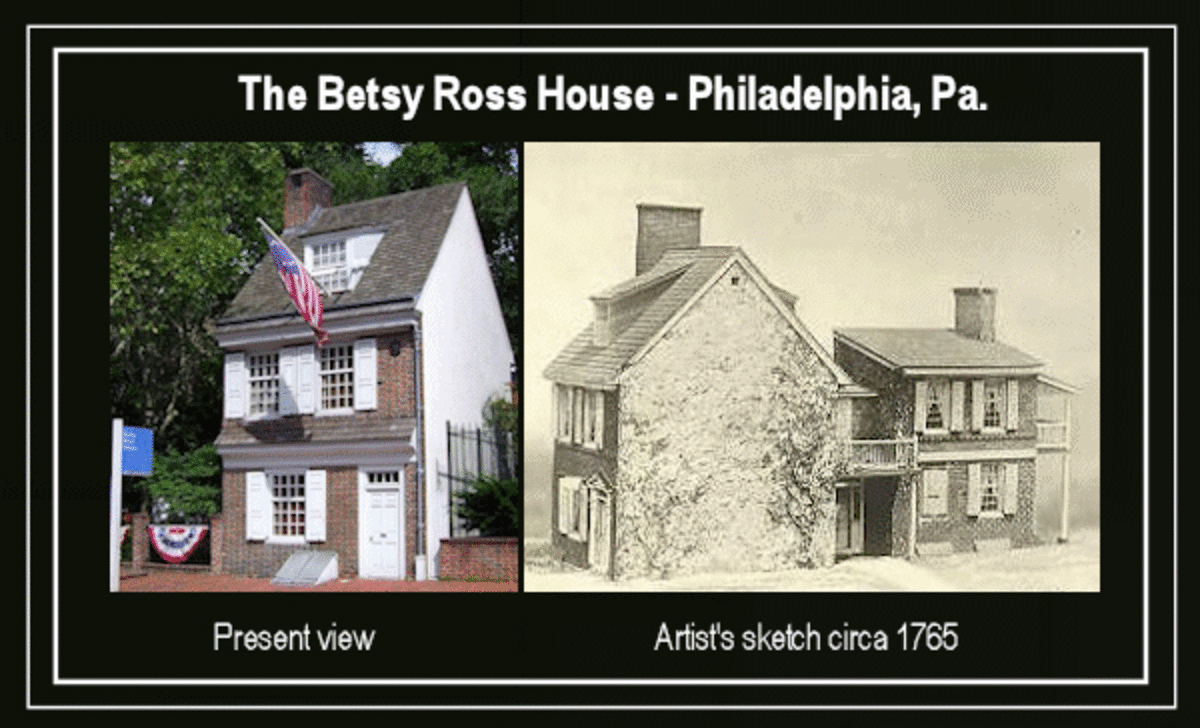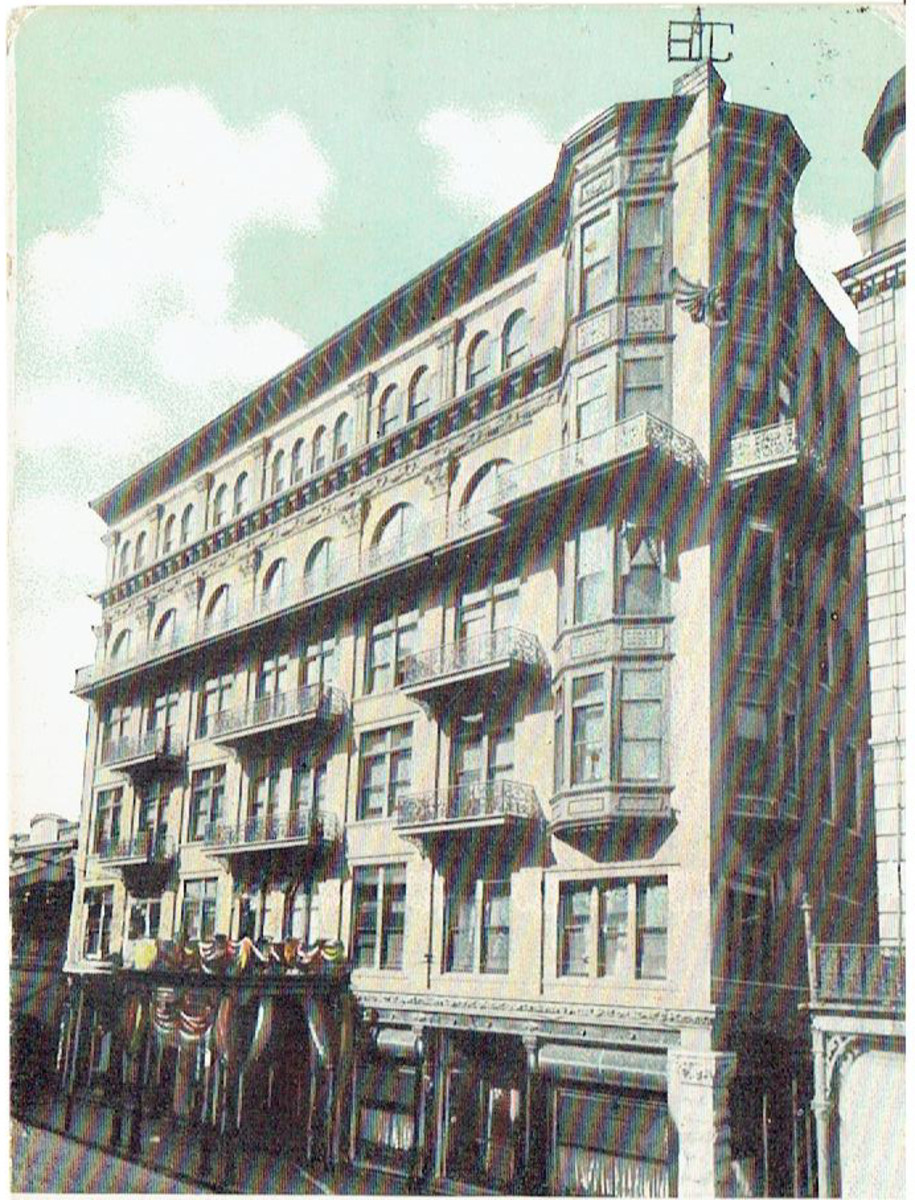- HubPages»
- Travel and Places»
- Visiting North America»
- United States
The Holy Land comes to Washington, D.C.
Oh, sure, everybody who visits Washington goes to see the Lincoln Memorial and the Washington Monument. Intellectuals (and Wilbur Mills trivia aficionados) go to the Jefferson Memorial. Far fewer visitors go to the Byzantine church cum Franciscan Monastery in Northeast Washington.
More than a hundred years ago, Father Godfrey Schilling recreated the Holy Land in Northeast Washington. It ascends into view if one is lucky or wise enough to approach via Quincy Street and to the unsuspecting, it seems almost a mirage.
Based loosely on the Hagia Sophia in Istanbul, the Church of Mount St. Sepulcher is one of the most overlooked wonders of the District of Columbia. While it doesn’t match the Hagia Sophia in scale, its remarkable features make it unique.
The Franciscan Monastery also is the Commissariat of the Holy Land, a site for training the friars charged with caring for some of Christianity’s holiest sites. No matter the season, the Franciscan Monastery promises a memorable visit.
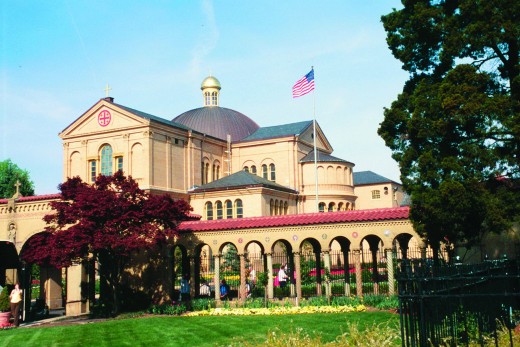
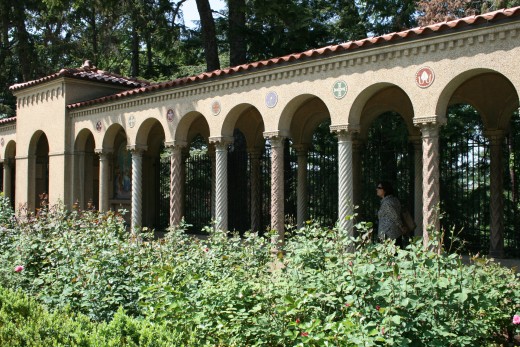
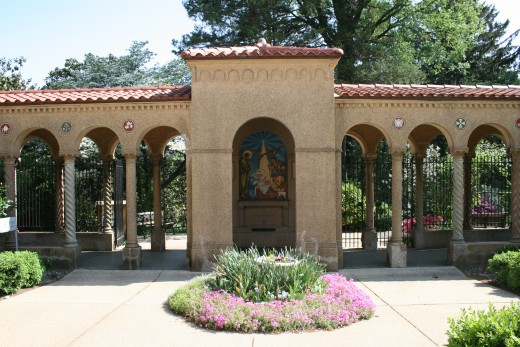
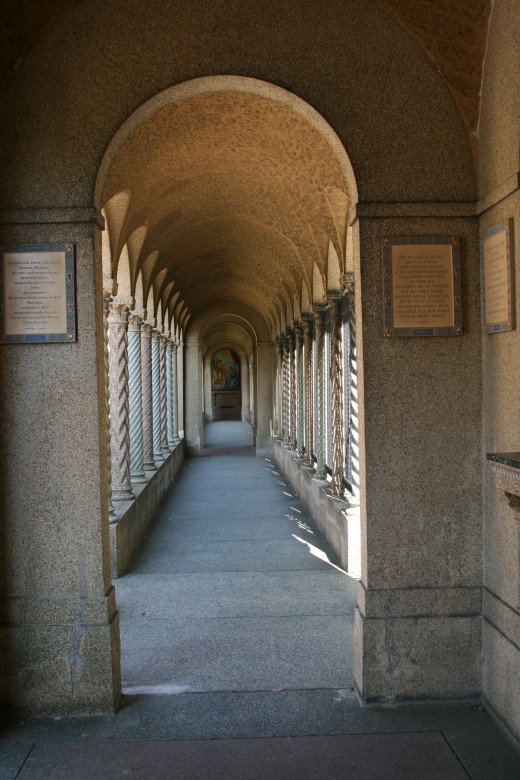
The Rosary Portico
A National Historic Landmark since 1991, Father Schilling's "Holy Land in America" was dedicated in 1899. The priest had two reasons for its construction: to provide the infirm and the 99% an opportunity to experience Christendom's holiest sites without traveling to the Middle East, and to raise funds to support the Franciscan friars protecting the religious sites of the Holy Land.
Entrance is through the column-lined and mosaic-filled Rosary Portico with 15 chapels, each with a ceramic plaque memorializing one of the mysteries of the rosary. The “Hail Mary” is inscribed along the passageway in nearly 200 languages.
The portico is relatively cool in Washington’s notorious summer heat, and the mosaics are worth taking a look, now or later. A statue of St. Francis, patron saint of nature, with a child each holding a turtledove, greets visitors.
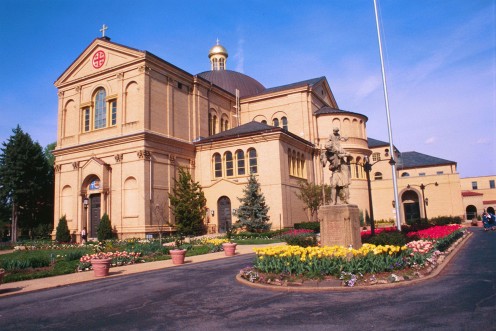
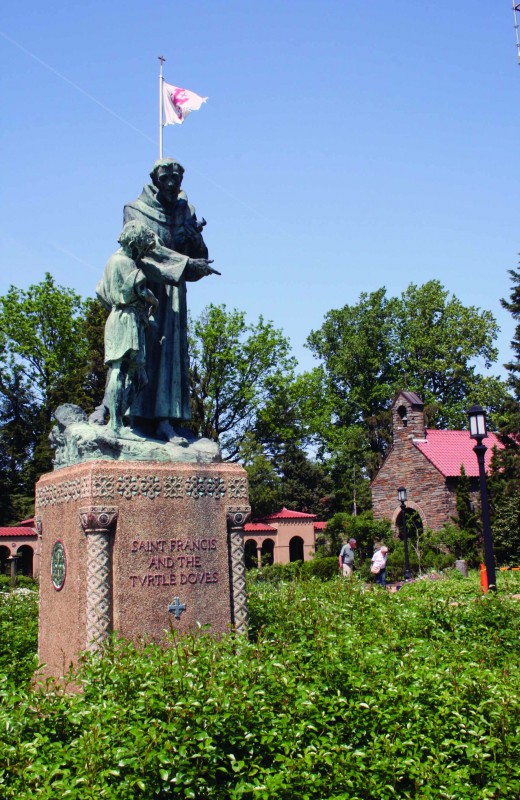
Throughout the more temperate seasons, the Monastery grounds are impeccably manicured and bursting with color from the flower gardens.
Entrance is through the gift shop almost directly in front of the main gate Here, my sole negative impression of the Monastery: The gift shop is rife with tacky souvenirs, including plastic crucifixes and tiny phials of water from the springs at Lourdes. I confess to having purchased rosaries and books there, but for the most part….well, let’s just say that the friar whom I asked for pig bones gave me a surly look unbefitting Chaucer’s Pardoner.
The virgin visitor (by which I mean first time here) might want to have a quick idea of the layout, which I see as three areas discrete areas in one site. (Why does that concept seem familiar?)
The three main areas are:
-- The Portiuncula Chapel on the grounds north of the church.
-- The lower garden, a valley of shrines and grottos on the grounds south of the church.
-- The church itself, which is filled with wondrous sites and the only area with guided tours.
The virtual tour on the Monastery’s website offers an excellent overview of the grounds and points of interest.
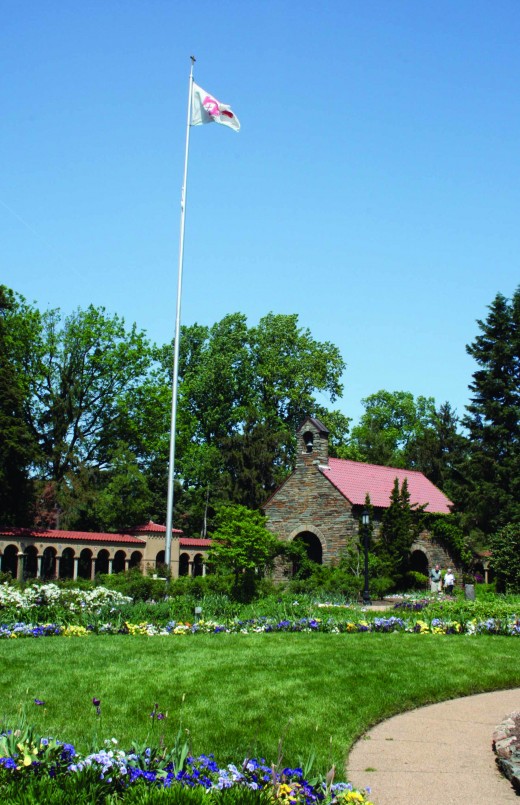
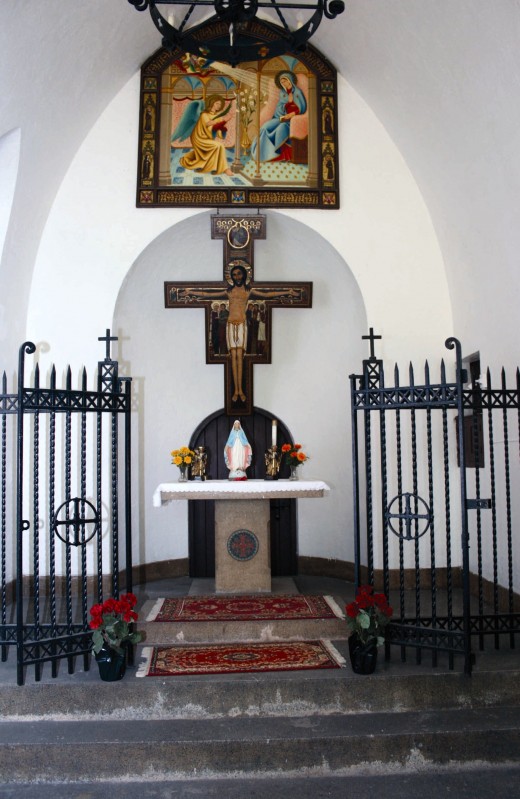
The Portiuncula Chapel at Assisi
Nestled behind and among the flower gardens stands a full-scale replica of the Portiuncula Chapel, formally known as St. Mary of the Angels, the "little chapel in the woods" where St. Francis established his order in 1208—and where he died in 1226-- on the outskirts of Assisi just over 800 years ago. The Portiuncula Chapel is the first of many scrupulously detailed replicas in the church and on the monastery grounds. Of the three sections, the Portiuncula Chapel to the north of the church is the one that I find the least compelling. Entrance is generally forbidden and it is practically bare, so you may look through the open door, but if time is critical, well…we make our priorities, don’t we.
Visit the Monastery Website
- FRANCISCAN MONASTERY OF THE HOLY LAND
Franciscan Monastery of the Holy Land in America, located in Washington, D.C., Vocations Information, Pilgrimage Information
Gethsemane and The Lower Gardens
If the weather is exceptionally good or you are visiting early in the day-especially in summer-you might want to begin outdoors to the south of the church. Tours begin at 10:00 Monday through Saturday, but heat can become stifling during the summer and the valley is relatively cool. Again, consider the weather before you plan your day here.
Follow the path to the south through the Rosary Portico and down the stairway to a verdant valley, lush with flowers. On the left, just before a turn about halfway to the valley, the grotto of Gethsemane offers a cool respite on the hottest day. Back outside and next to it is a replica of a typical Jewish tomb from the time of Christ.
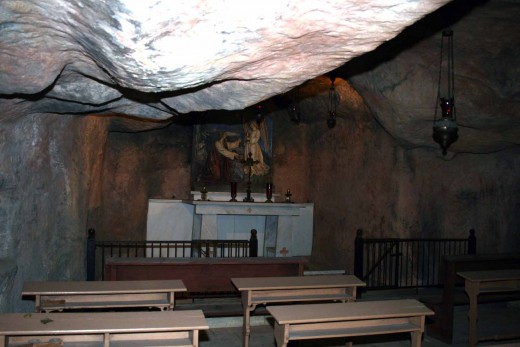
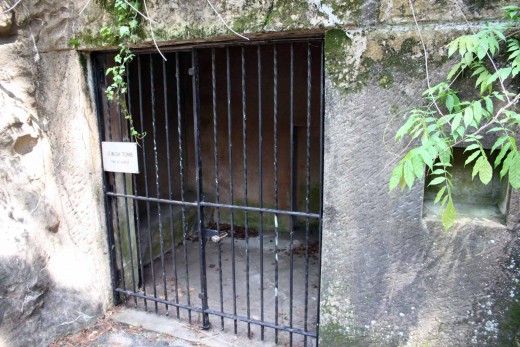
Plenary Indulgence and the Grotto at Lourdes
It is important for religious pilgrims who visit to know that, with the sites in the valley and especially those within the church, architect Aristide Leonori visited Italy and the Middle East to photograph and measure the originals to ensure that the reproductions are faithful in every respect. (For Catholics, a pilgrimage to the Monastery receives the same plenary indulgence (remission of punishment for sins that have been forgiven) as a trip to the original Holy Land.
Amid the replicas of holy sites, it is too easy overlook the beauty of grounds here. The Monastery refers to its grounds as an “Oasis of Peace” and I suggest that not taking time to smell the roses (and I mean that literally) is a mistake.
The natural inclination is to begin across the glen from the bottom of the stairs and work counter-clockwise. The first reproduction is of the Grotto at Lourdes, where St. Mary appeared to Bernadette in 1858. Benches are often arranged here in anticipation of outdoor services.
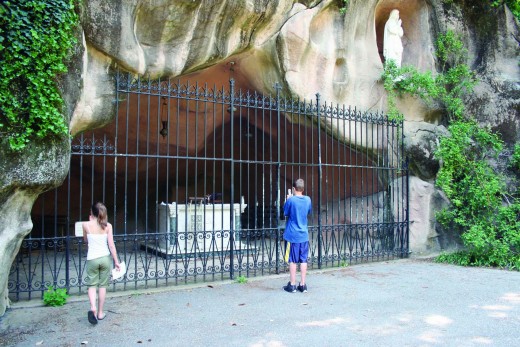
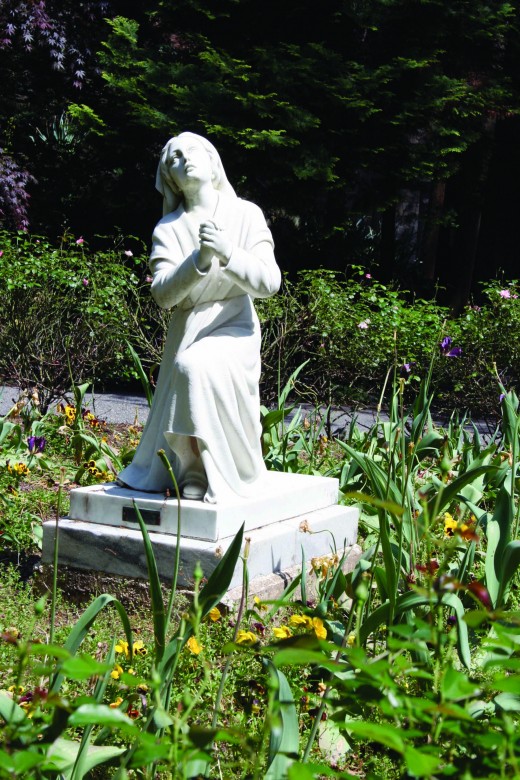
St. Bernadette
- St. Bernadette Soubirous - Saints & Angels - Catholic Online
Large searchable database of information on Catholic saints. Saints, Catholic Saints. Thousands of Catholic Saints with biographical data, prayers, images, etc. The saints are cross-indexed to other patronage topics, nationality, and calendar of sain
The Mount of Olives and St. Anne
Benches in the valley invite visitors to stop awhile to meditate, to pray, or just to enjoy the beauty and tranquility of this pastoral setting.
To the left of Lourdes, a meandering trail leads from the valley to a replica of the Chapel of the Ascension on the Mount of Olives above. The Way of the Cross, with a separate inlaid shrine at each station, punctuates the route.
At the end of the valley opposite the stairway is a rather barren replica of the house where the Holy Family sought refuge in Egypt. From here, visitors have the rare glimpse of meadow in the nation’s capital.
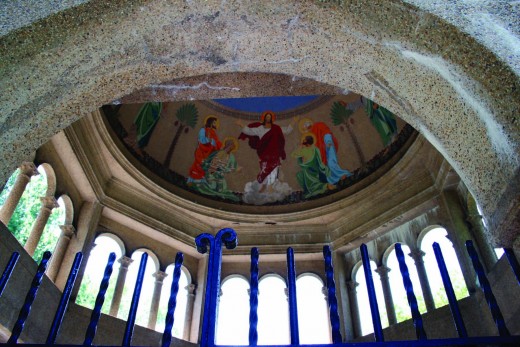
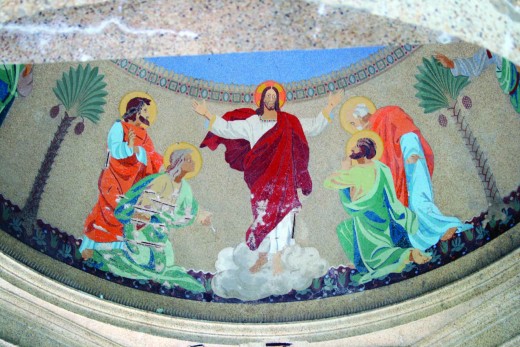
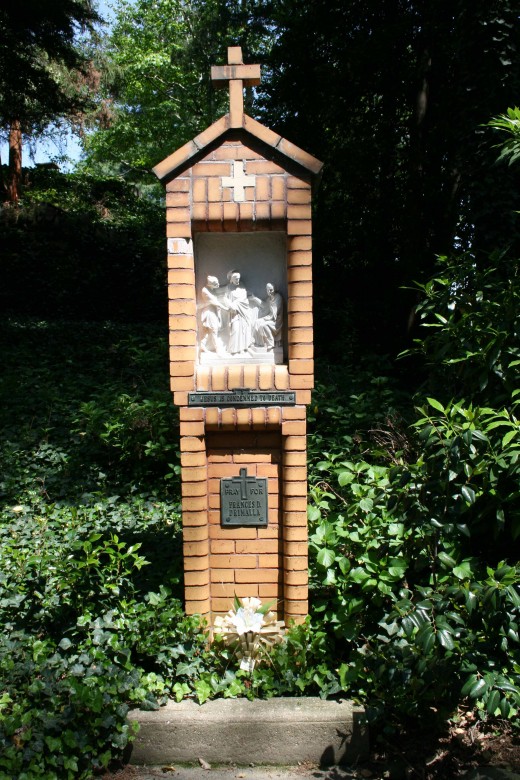
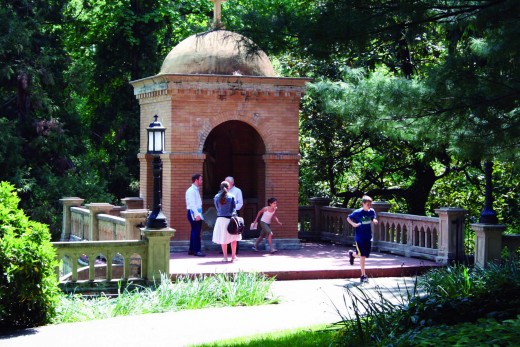
The Church
Returning toward the stairs, visitors pass a reproduction of the tomb Crusaders built for St. Mary just east of Jerusalem.
At the top of the stairs, as you cross from the Portico to the church, the non-public areas of the friary and library are housed in the building set back from the church to the right of the entrance.
For those eager to delve into the unique features of the church, free tours (offerings to maintain the church and grounds are cheerfully accepted) begin in a small museum/waiting room off the gift shop at 10, 11, 1, 2 and 3 o’clock, Monday through Saturday, and at 1, 2, and 3 o’clock on Sundays.
The museum has changing exhibits, including 17th- and 18th-century ecclesiastical vestments and Jewish and Christian religious accouterments such as a shofar (ram's horn used as a trumpet), menorahs and artifacts from the Middle East. Recently it contained only seats for visitors awaiting the tour.
The church proper is designed in the shape of a Crusader's Cross, representing the seal of the custody of the Holy Land. Aisles emanating from the central altar represent the large inner cross, and corner chapels dedicated to God and Saints Joseph, Francis, Mary and Anthony represent the four corner crosses.
In the first chapel, Joseph and Mary are depicted being married by a rabbi, reminder of the Judaic roots of Christianity.
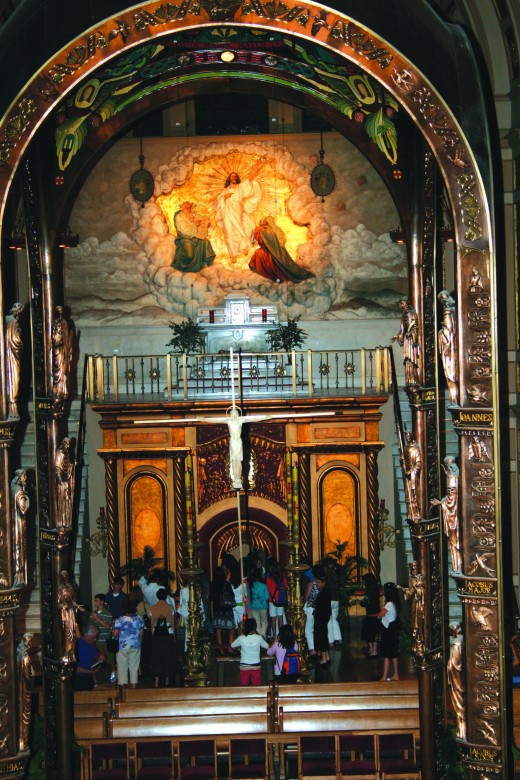
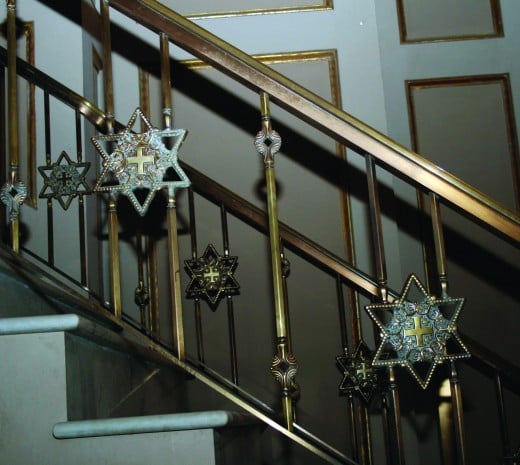
The Tomb of Christ
Moving counterclockwise from St. Joseph's altar, we first encounter a replica of the Stone of Anointing (or Stone of Unction), the slab of polished stone upon which, tradition holds, the body of Christ was prepared for burial.
A few feet away stands a careful reproduction of the edicule, or small house, built to contain Christ's tomb. Visitors duck through the low entrance and file through the antechamber in which an angel announced that Christ was gone, to a model of the sepulcher itself. A column in the antechamber contains a stone from the Church of the Holy Sepulcher in Jerusalem.
Outside the tomb, note the staircase to the Chapel of the Transfiguration, which features intertwined Stars of David in its railings. The brilliant relief panel of the Transfiguration is actually better viewed from the opposite side of the church, where a full-size diorama of the Crucifixion stands at roughly the same distance and elevation from the tomb as does Mount Calvary in Jerusalem.
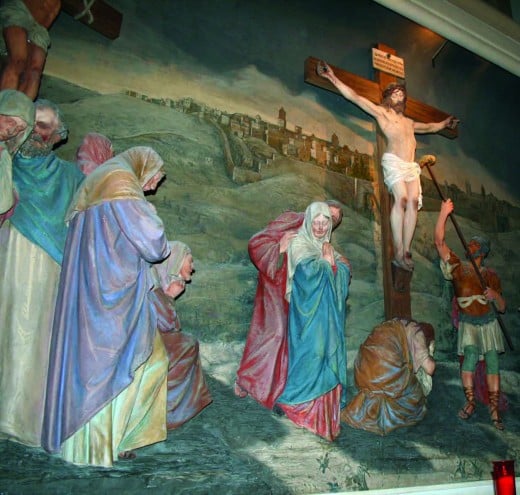
On to Calvary
Emerging from the tomb, visitors face the church's main altar beyond the stone of the anointing, white marble beneath a soaring brass canopy with statues of saints imbedded in the supports. The canopy draws the eye to the interior of the dome overhead and the inspiring beauty of the church and the magnificent stained glass windows at the north and south sides of the church.
Continuing the tour, visitors encounter chapels in successive corners, dedicated to St. Francis and the Blessed Virgin before reaching the stairs to Mount Calvary at the east side of the church, directly opposite the tomb.
Visitors may climb the stairs to an impressive, life-sized diorama of the crucifixion on Mount Calvary. Returning to the main level, the final corner chapel is dedicated to St. Anthony. At the center of the south wall, a locked gate guards the stairs to the mysteries of the lower level, to which only guided tours have access have access to the lower level.
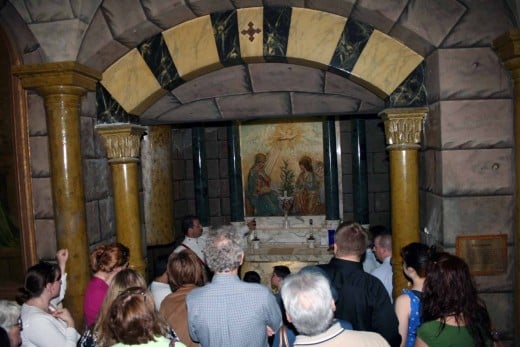
From Nazareth to Rome
At the bottom of the stairs we encounter the Grotto of Nazareth and the Chapel of the Annunciation, where "the Word was made flesh." Guides do not always show visitors the reproduction of what Mary's home, behind the Grotto, probably because it appears to be little more than a rough cave. This is unfortunate, because seeing the rude dwelling is a reminder that housing was vastly different 2,000 years ago.
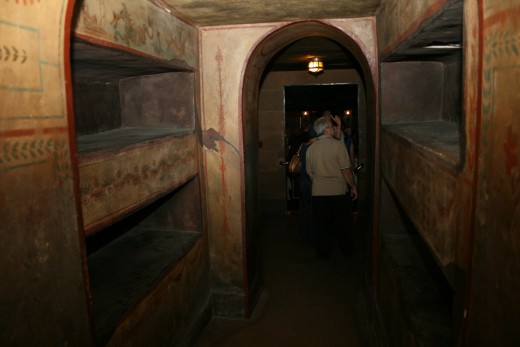
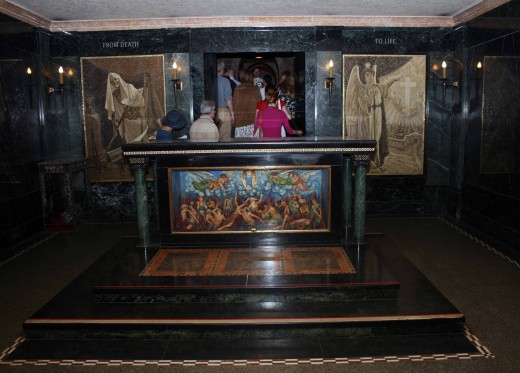
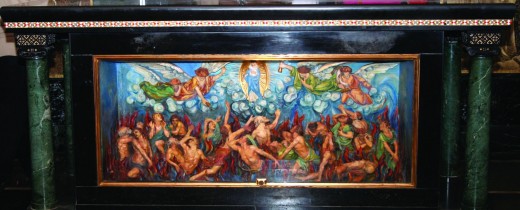
From Nazareth, dimly lit Roman catacombs, complete with burial niches, Roman graffiti and saintly relics in small chapels, lead to the exceptional Purgatory Chapel, a marvelously foreboding taste of the afterlife that awaits those whose sins must be "burned and purged away" ("Hamlet," not the Bible) before entering Paradise. Life-size mosaics of Death, Resurrection and Purgation of sins interrupt the black marble walls, and an illuminated frieze built into the front of the Purgatory altar is colorfully reminiscent of Rodin's Gates of Hell. Masses are held here throughout November.
St. Benignus and Bethehem
Beyond the Purgatory Chapel and chapels dedicated to St. Stephen and St. Cecilia, visitors return through the catacombs, past the mummified remains of the infant St. Innocent, to relics of St. Benignus, and to Bethlehem and a replica of the site in the Church of the Nativity where Christ was born. This section is particularly enjoyable at Christmas time.
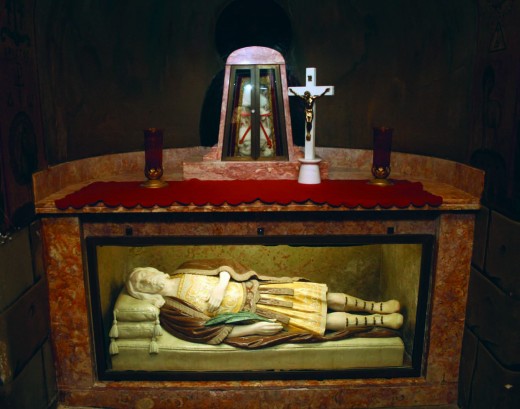
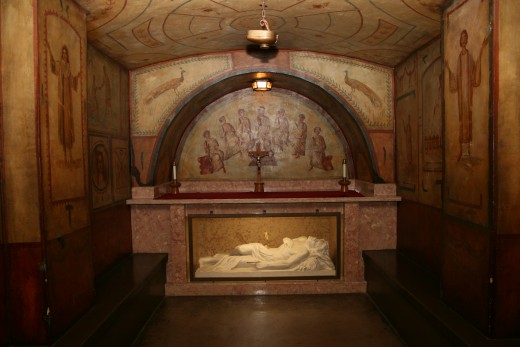
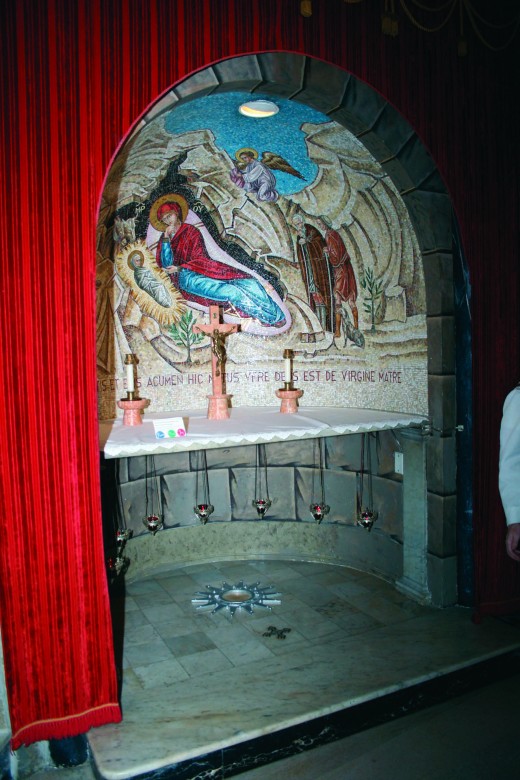
The Franciscan Monastery is many things: a pilgrimage destination for the faithful, a curiosity for nonbelievers and a peaceful, idyllic escape for quiet contemplation, an “oasis of peace" amid the bustle of the nation's capital.
